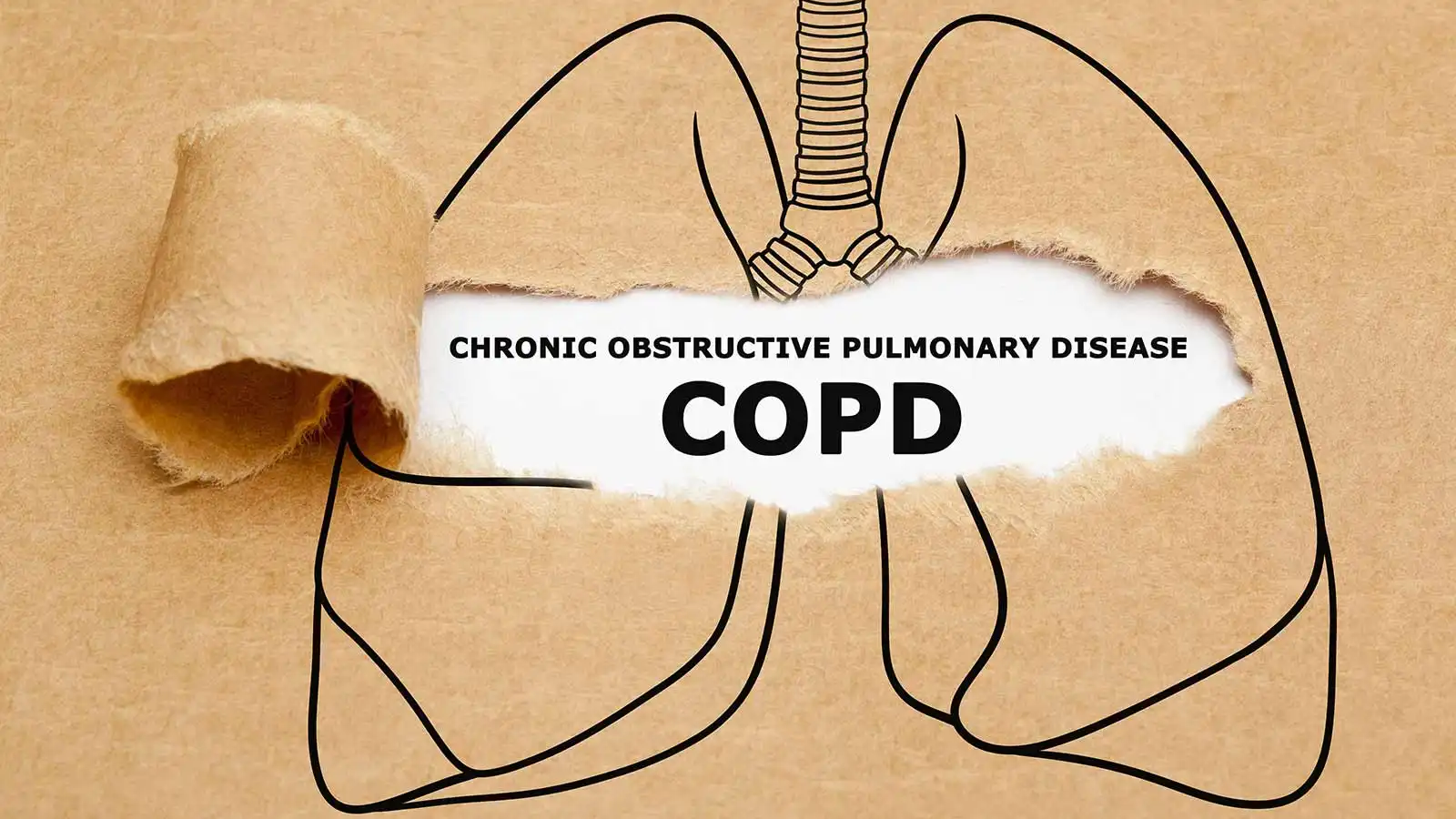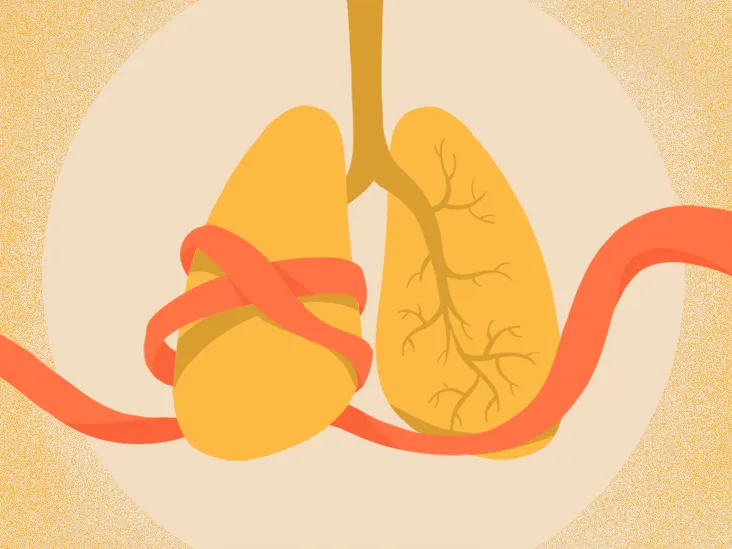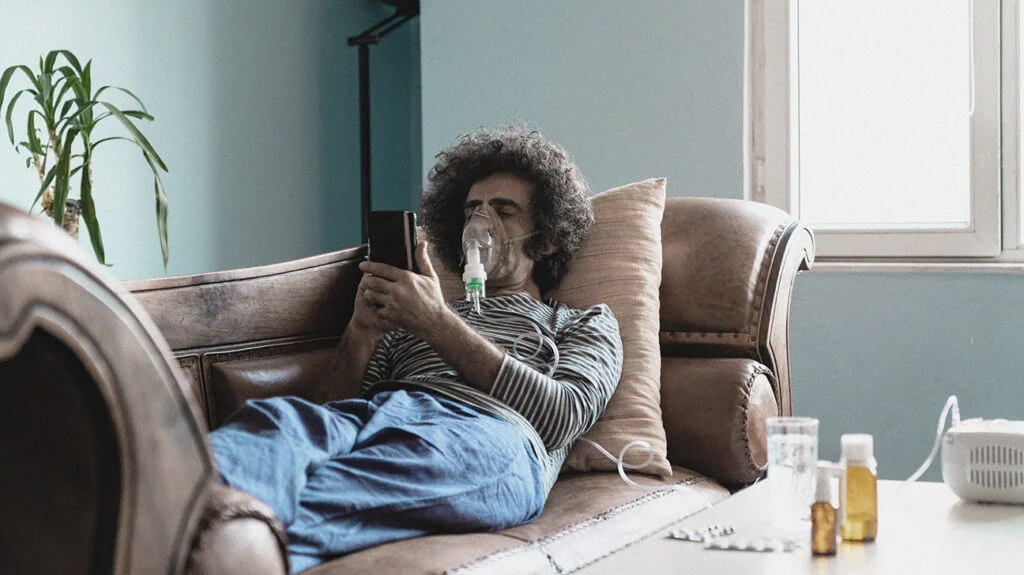
COPD Patient Counseling: A Step-wise Guide
Chronic obstructive pulmonary disease also known as COPD is a condition where the patient suffers from severe blocks in the airways that hamper the natural breathing process. It is a preventable condition that can be even treated at the initial stages. But often, it has been seen that patients with COPD neglect healthy practices that can help them bounce back to health and prevent their condition from going bad to worse. It is one of the most common chronic lung diseases that affect people around the globe.
COPD Patient ailments

A COPD patient suffers from blockages that are the result of abnormalities in the airways of the lungs. This results in restricted airflow through airways and lungs and hampers the absorption of oxygen that is essential for the physiological aspects of a healthy body. COPD patient education can help reduce the rate of incidence of frequent episodes and help them live healthy lives through various methods.
Often there can be lung deterioration in form destruction, heavy mucus blocking the airways, and inflammation and swelling in the inner lining due to any infection in COPD patients. This condition is also referred to as chronic bronchitis or emphysema. However, both conditions differ slightly and are part of a COPD health hazard.
In chronic bronchitis, a patient suffers from a continuous cough with phlegm. In patients suffering from emphysema tiny air sacs are destroyed, often because of inhaling toxic elements like asbestos or nicotine smoking over a long period. Common symptoms of COPD patients are continuous cough with phlegm, breathlessness, and fatigue.
Patient counseling for COPD
Awareness and education can prevent and help in disease management for most COPD patients where the triggers for obstructive pulmonary conditions are lifestyle driven. Apart from a rare genetic condition where alpha-1 antitrypsin deficiency causes COPD in patients from a young age, most other triggers are due to exposure to fumes, chemical toxins in the air, and active or passive smoking. In some cases, it can be due to occupational hazards like exposure to air pollutants in biomass fuel plants or coal quarries, where the on-site workers get affected.
These are a few steps that can be effective in patient awareness for prevention and disease management:
-
Public health awareness

COPD triggers that can be controlled and managed, if brought into the cognizance of the at-risk population, the probability of occurrence of any eventuality related to COPD decreases. Most laborers who work in areas where they can be exposed to secondary smoke or chemical dust should be educated to wear masks for safeguarding themselves from breathing toxic substances.
-
Health workshops
The dangers of smoking cigarettes are displayed on the pack and yet people are buying them because they are addicted to nicotine. However, studies have proved that simple warning messages are like lip-service and common people who don’t comprehend life sciences, are not able to fully grasp the dangers of addiction. So it is necessary to carry out regular awareness workshops, where the results of smoking and its perils are displayed in a manner that can be understood by even a five-year-old.
-
Leverage technology

Patients who are suffering from COPD and would like to quit smoking or exposure to harmful chemicals can be motivated to see green shoots of their health improvement by gauging through remote patient monitoring devices and telehealth programs. When the improved results are seen by patients their motivation to continue healthy practices turns into a resolve. With the increase in patient engagement, the outcomes improve and the standards of patient care are enhanced.
-
Importance of diet and exercise
COPD patients who can manage their lifestyle through resistance training and yoga have benefited and reported reduced incidence of flare-ups. When they consume a fiber-rich diet, energy levels increase and help in better sleep patterns. As a result, there is no additional stress on the lungs and COPD patients experience better health just through simple, consistent healthy choices.
Conclusion:
COPD has no cure and if detected early on, then through good breathing exercises in yoga, a proper diet, and avoiding the triggers that will cause strain on the pulmonary system of the body including the lungs, patients have been able to reduce the progression of their symptoms and live a complete life.
